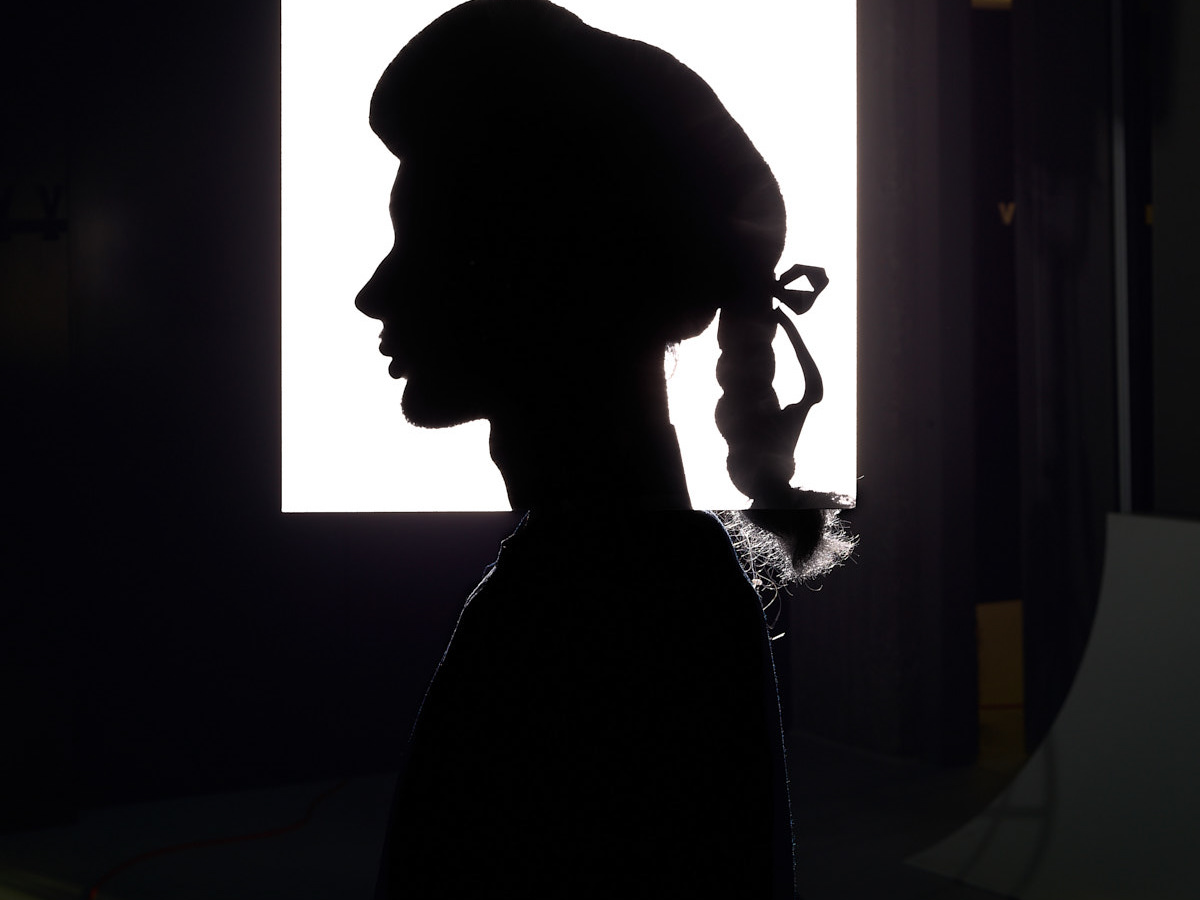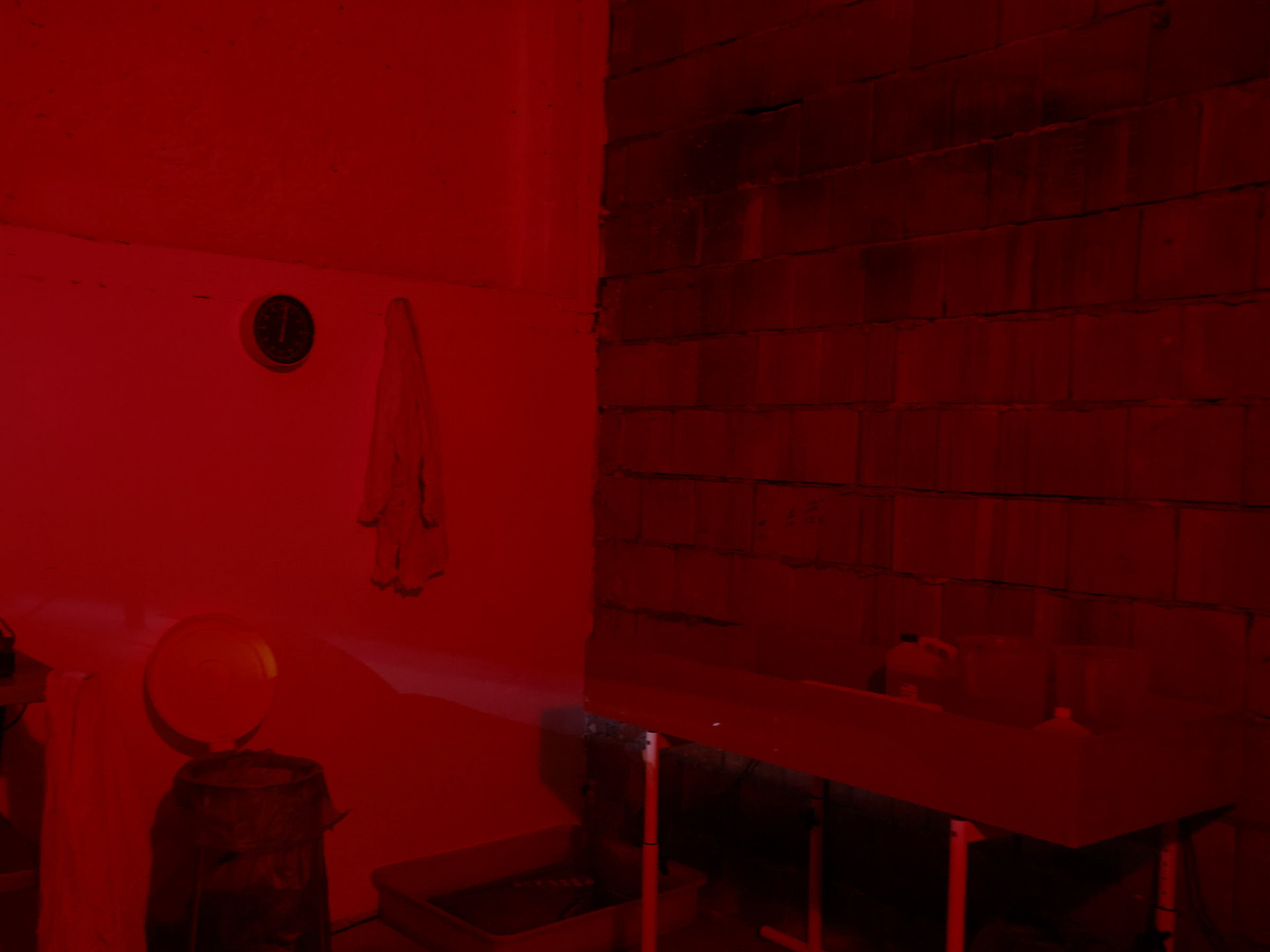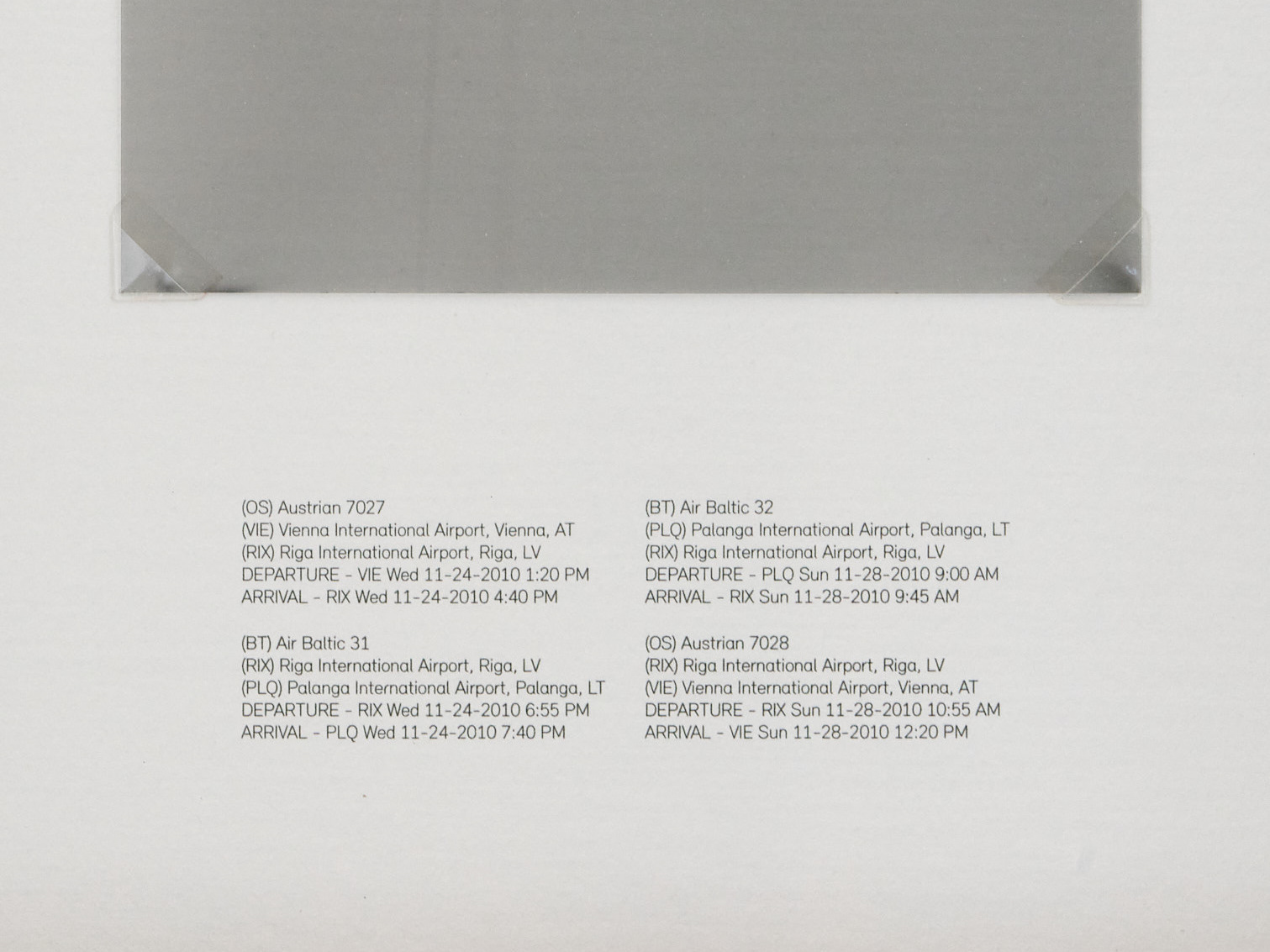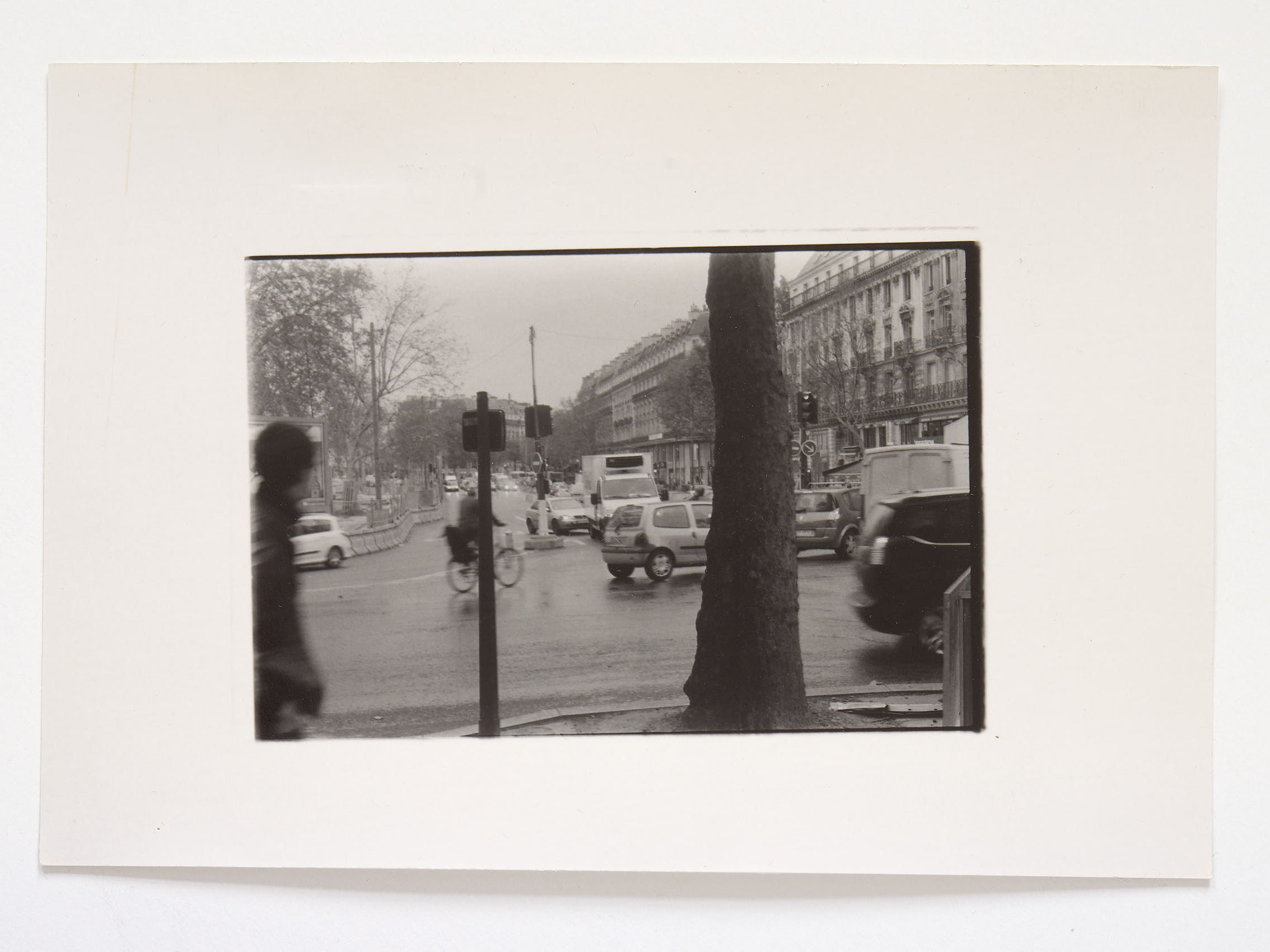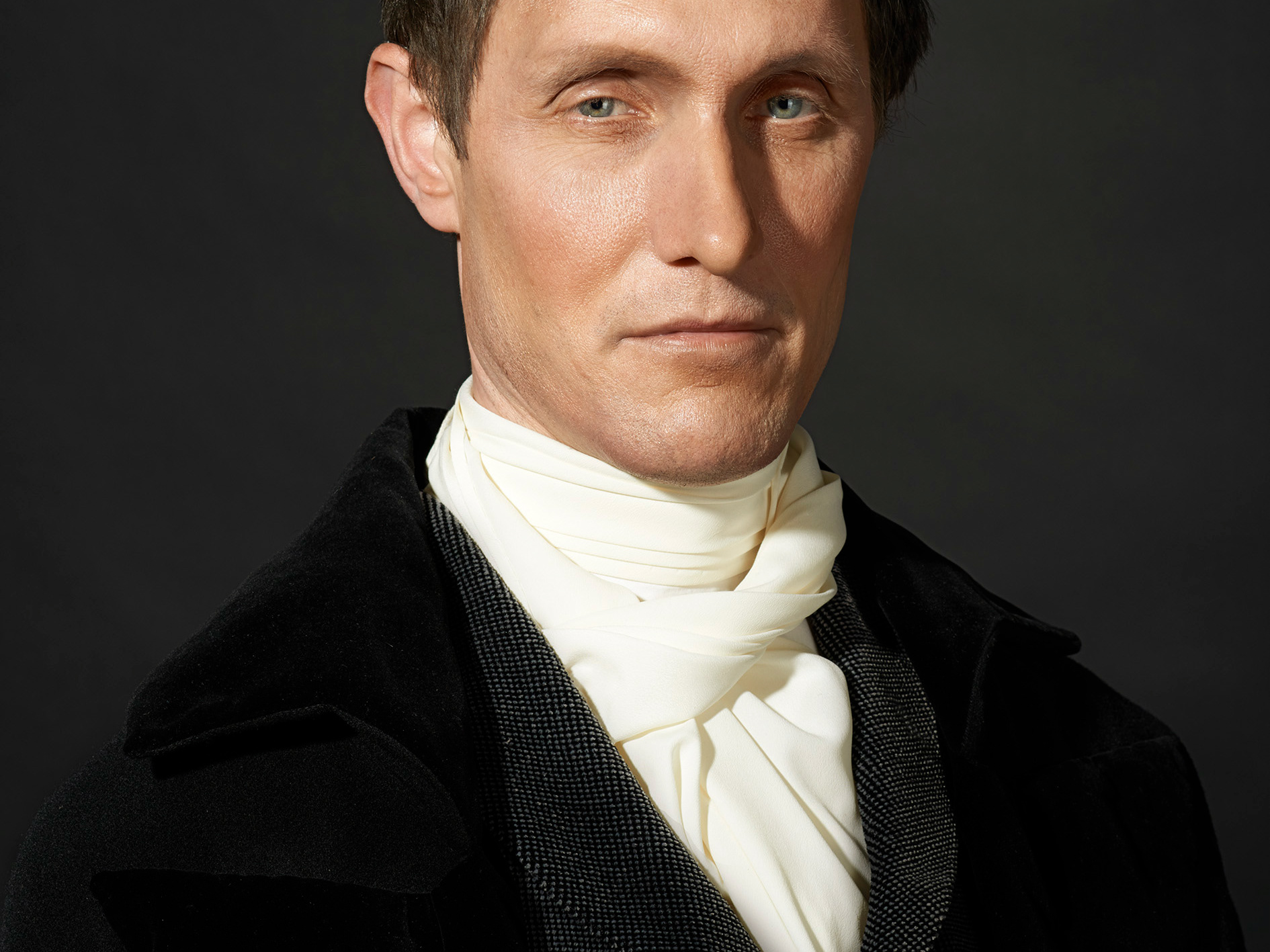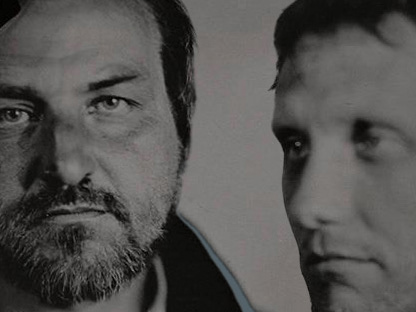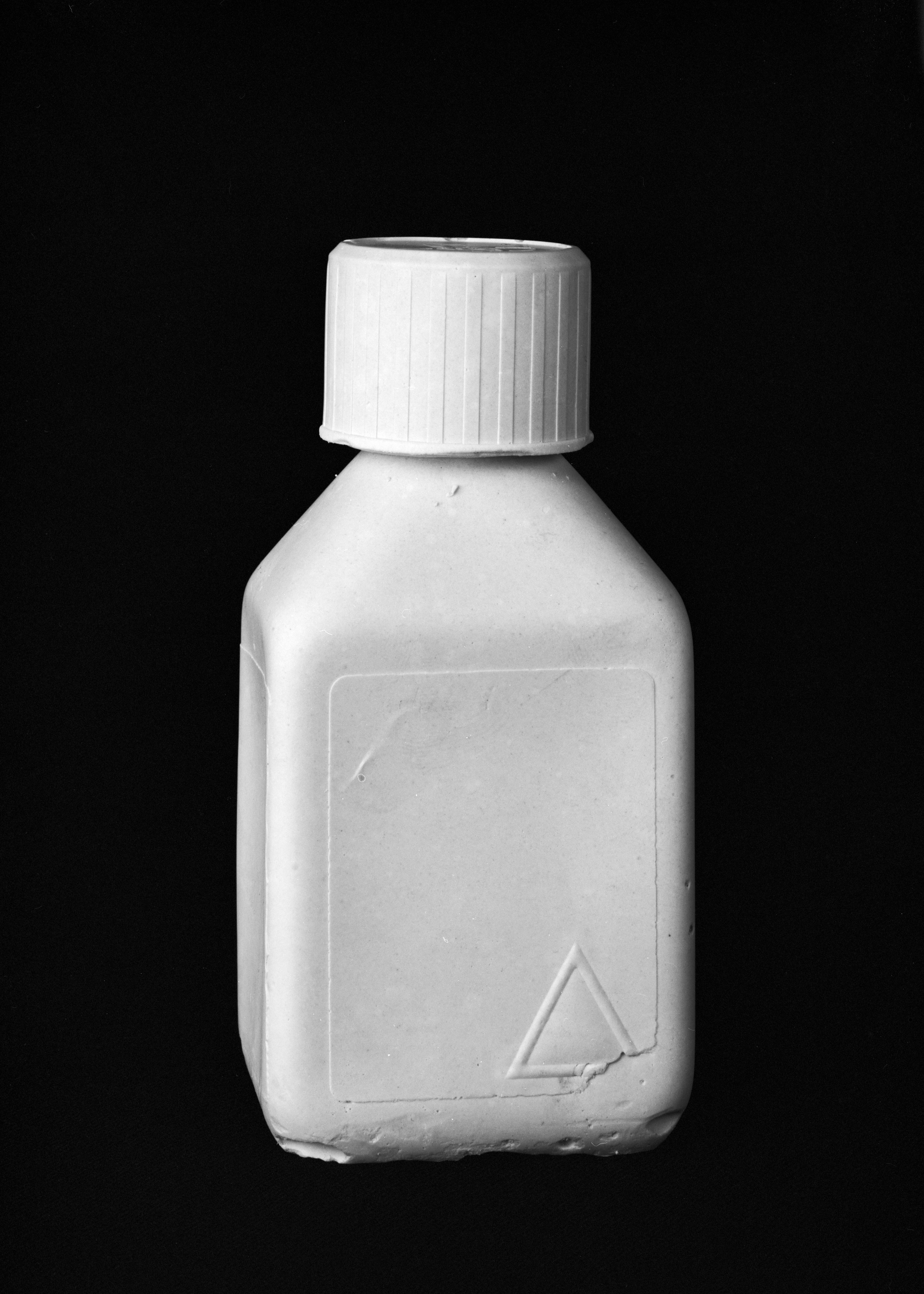
Chemiegebinde #05 – Rodinal 125ml

Chemiegebinde #04 – CPRA Digital Pro 2,1l
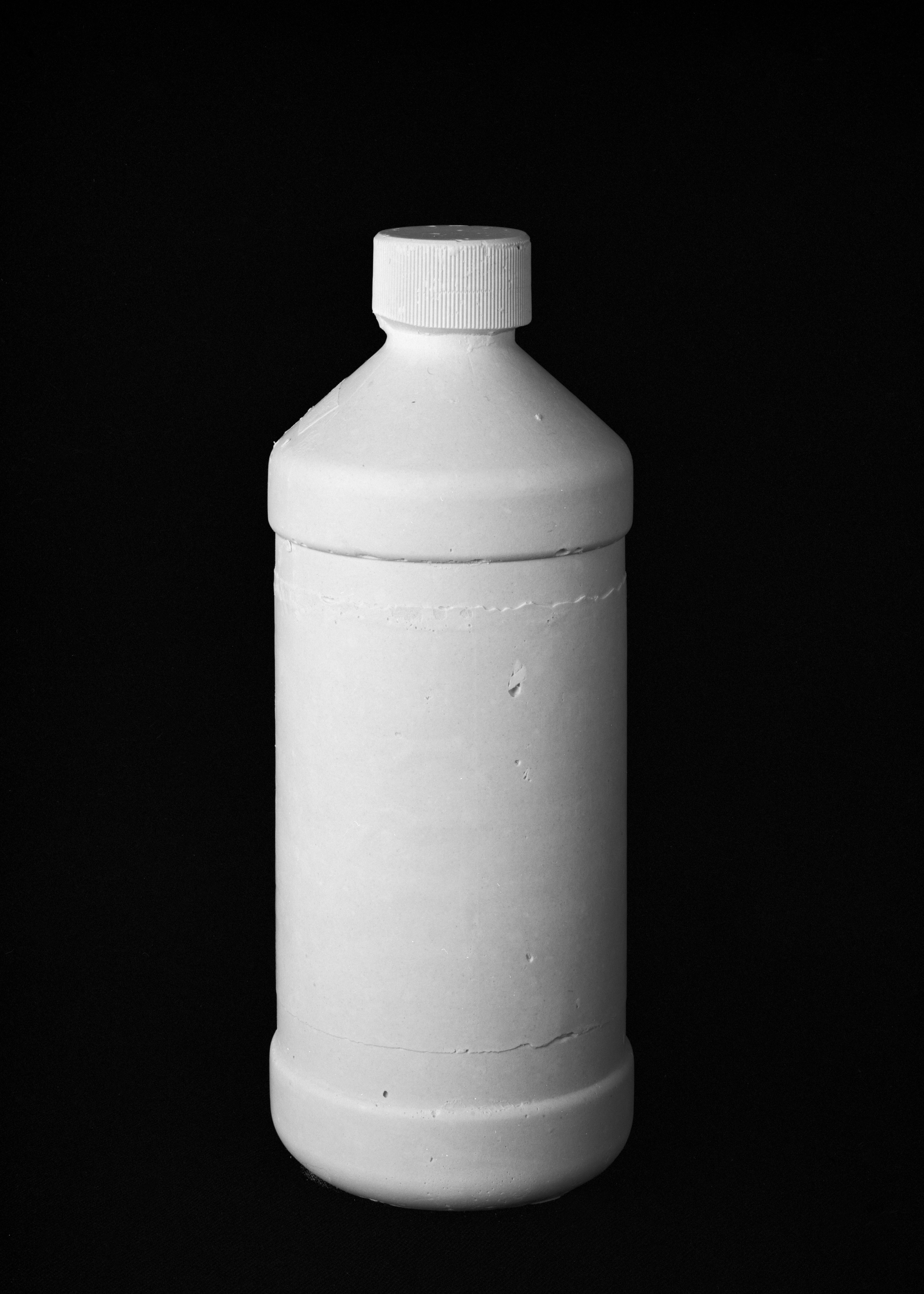
Chemiegebinde #03 – Hypo Eliminator 475m

Chemiegebinde #02 – LC 21 250ml
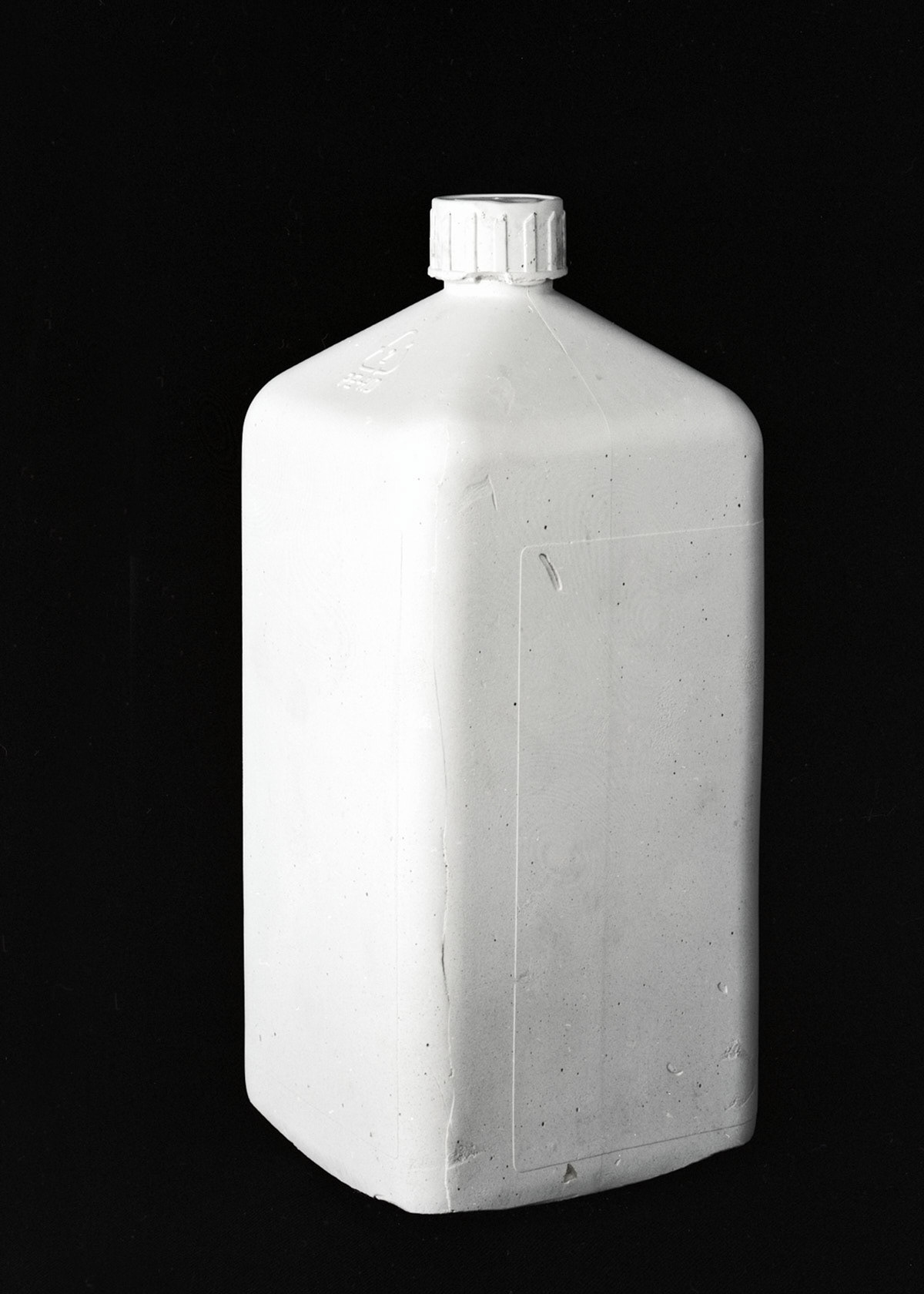
Chemiegebinde #01 – Agepon 1l
scroll down for english
Warum fotografiert ein zweiundfünfzigjähriger Fotograf, der die Höhepunkte seiner prägenden Karriere schon hinter sich gelassen hat, banales Werkzeug?
Assistiert von Robert Frank macht sich Walker Evans 1955 daran, fünf wohl ausgewählte Werkzeuge für das Portfolio „Beauties of the Common Tool“ zu fotografieren. Scheinbar reichen ihm die Schönheit und Form, verbunden mit der Banalität dieser Dinge, aus.
Da wollen wir keinen Widerspruch leisten, denn wir wissen, dass die Existenz der Dinge letztendlich davon abhängt, dass sie wahrgenommen werden oder auch nur wahrgenommen werden könnten. Und wenn man dem Sensualismus glaubt, dann ist die Fotografie der Bote dieses Glaubens. Schließlich ist es nicht so, dass uns die fotografische Abbildung der Dinge viel zu deutlich zeigt, dass erst die Wahrnehmung deren Existenz begründet. Denn die Fotografie ist nicht die Kopie des Dings, sondern die Kopie der Wahrnehmung des Dings.
Und so haben wir uns daran gemacht, dieses Talent der Fotografie zu nutzen und uns die Frage gestellt wie es denn mit der Kopie des Dings gehalten wird. Die Kopie eines Dings, wie eines Chemiegebindes, das durch die Entleerung der Chemie also völlig bedeutungslos geworden ist, wird durch die Kamera wahrgenommen und fotografiert.
Das Kopieren vernichtet die Existenz des Objekts nicht nur nicht, sie erhöht sie sogar und wir stellen nicht nur fest, dass die Dinge wahrgenommen werden, sondern dass sie dieser Prozess zu schönen Dingen macht.
„Ob der Fotograf nun ein Künstler ist oder nicht“, darum kümmert sich Walker Evans wenig. Denn „er ist ein glücklicher Sinnesmensch allein deswegen, weil das Auge sich an sinnlichen Empfindungen reibt und nicht an begrifflichen Vorstellungen."
Das Kopieren vernichtet die Existenz des Objekts nicht nur nicht, sie erhöht sie sogar und wir stellen nicht nur fest, dass die Dinge wahrgenommen werden, sondern dass sie dieser Prozess zu schönen Dingen macht.
„Ob der Fotograf nun ein Künstler ist oder nicht“, darum kümmert sich Walker Evans wenig. Denn „er ist ein glücklicher Sinnesmensch allein deswegen, weil das Auge sich an sinnlichen Empfindungen reibt und nicht an begrifflichen Vorstellungen."
Denn die Fotografie ist
nicht die Kopie des Dings,
sondern die Kopie der
Wahrnehmung des Dings.
nicht die Kopie des Dings,
sondern die Kopie der
Wahrnehmung des Dings.

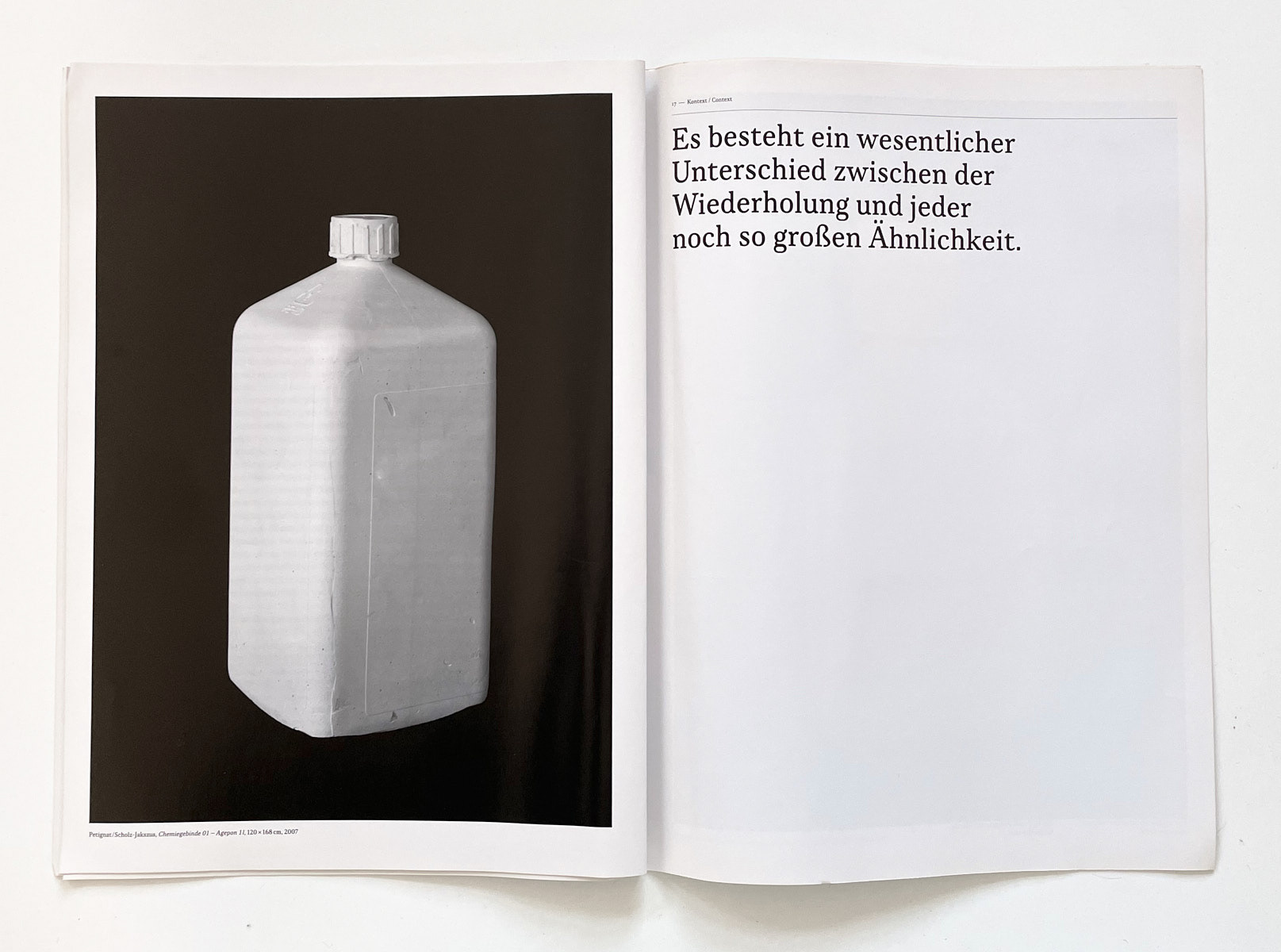

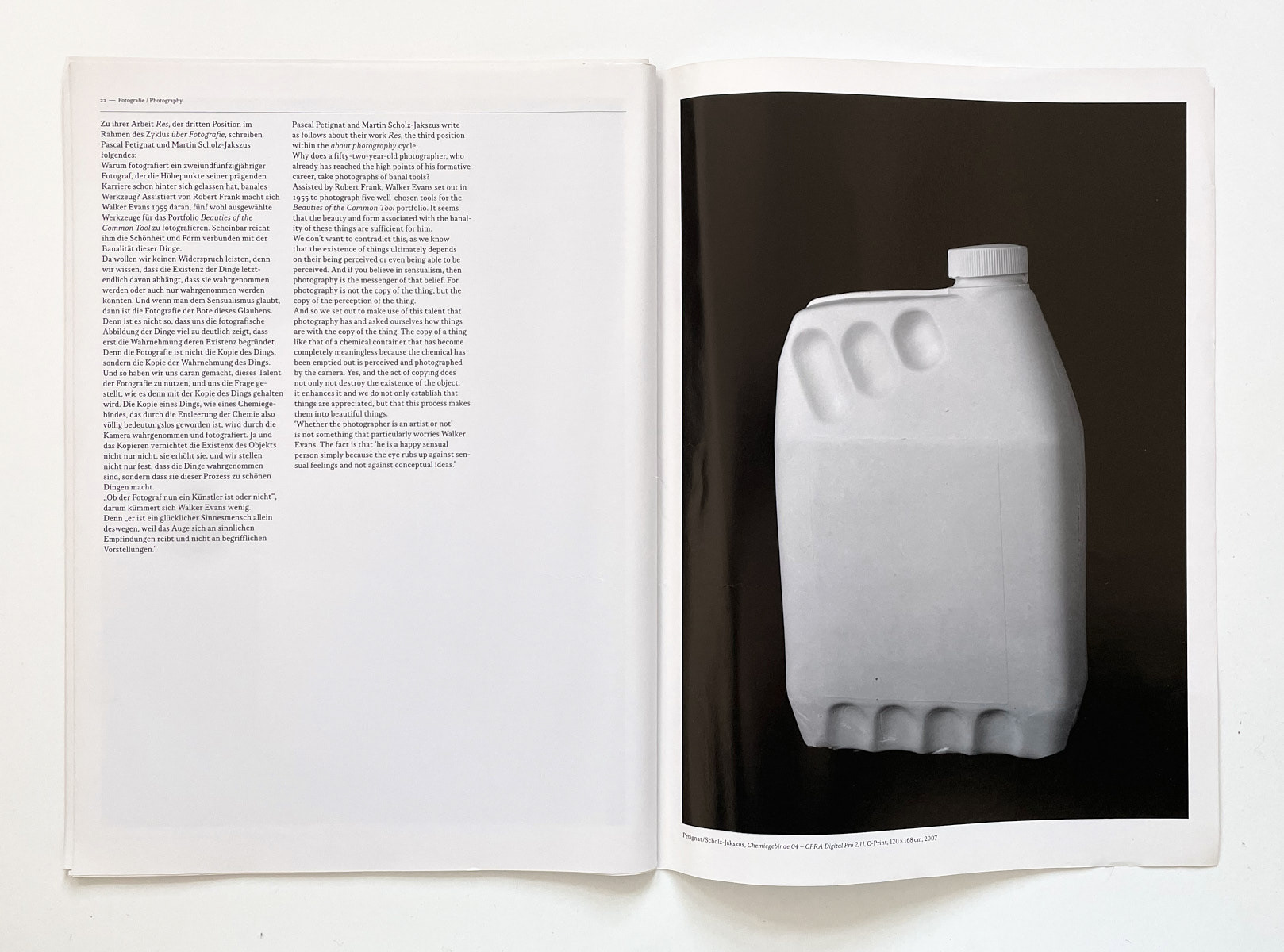
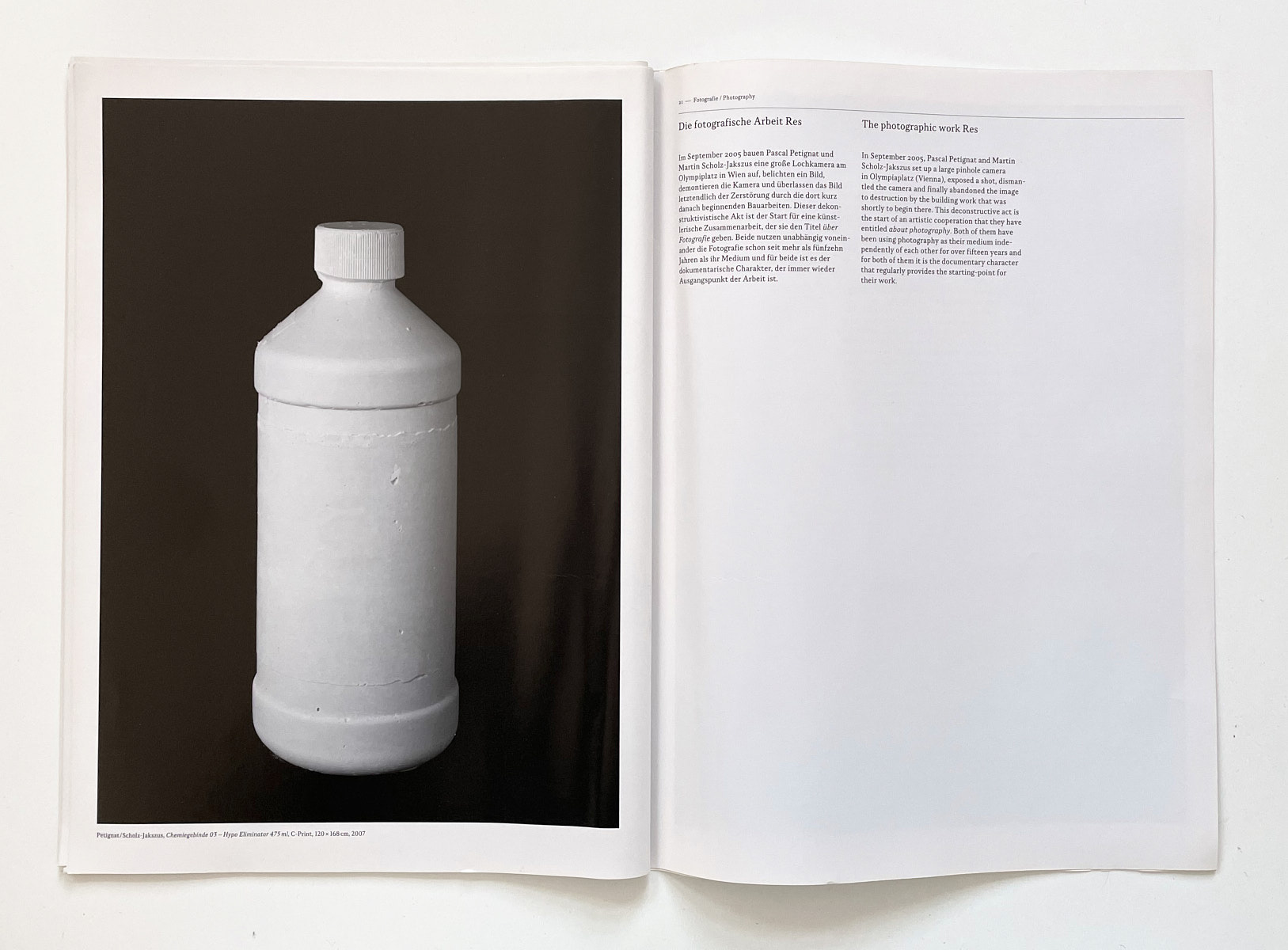
Binnenland – Kontextbezogene Schriftproben N°1
The result is constantly influenced by the technologies.
Binnenland, Michael Tischler & Niklaus Thönen
The result is constantly influenced by the technologies.
Binnenland, Michael Tischler & Niklaus Thönen
Why does a fifty-two-year-old photographer, who has already left the highlights of his formative career behind him, photograph banal tools?
Assisted by Robert Frank, Walker Evans set out in 1955 to photograph five well-chosen tools for the portfolio "Beauties of the Common Tool". Apparently, the beauty and form combined with the banality of these things are enough for him.
We don't want to contradict this, because we know that the existence of things ultimately depends on them being perceived or even perceivable. And if sensualism is to be believed, then photography is the messenger of that belief. After all, is it not the case that the photographic image of things shows us far too clearly that only perception establishes their existence. For photography is not the copy of the thing, but the copy of the perception of the thing.
And so we set out to make use of this talent of photography and asked ourselves how the copy of the thing is held. The copy of a thing, like a chemical container, which has thus become completely meaningless through the emptying of chemistry, is perceived and photographed by the camera.
Copying not only does not destroy the existence of the object, it actually enhances it, and we find not only that things are perceived, but that this process makes them beautiful things.
"Whether the photographer is an artist or not" is of little concern to Walker Evans. For "he is a happy sensualist simply because the eye rubs against sensual sensations and not against conceptual ideas."
Assisted by Robert Frank, Walker Evans set out in 1955 to photograph five well-chosen tools for the portfolio "Beauties of the Common Tool". Apparently, the beauty and form combined with the banality of these things are enough for him.
We don't want to contradict this, because we know that the existence of things ultimately depends on them being perceived or even perceivable. And if sensualism is to be believed, then photography is the messenger of that belief. After all, is it not the case that the photographic image of things shows us far too clearly that only perception establishes their existence. For photography is not the copy of the thing, but the copy of the perception of the thing.
And so we set out to make use of this talent of photography and asked ourselves how the copy of the thing is held. The copy of a thing, like a chemical container, which has thus become completely meaningless through the emptying of chemistry, is perceived and photographed by the camera.
Copying not only does not destroy the existence of the object, it actually enhances it, and we find not only that things are perceived, but that this process makes them beautiful things.
"Whether the photographer is an artist or not" is of little concern to Walker Evans. For "he is a happy sensualist simply because the eye rubs against sensual sensations and not against conceptual ideas."
For photography is
not the copy of the thing
but a copy of the
perception of the thing.
not the copy of the thing
but a copy of the
perception of the thing.
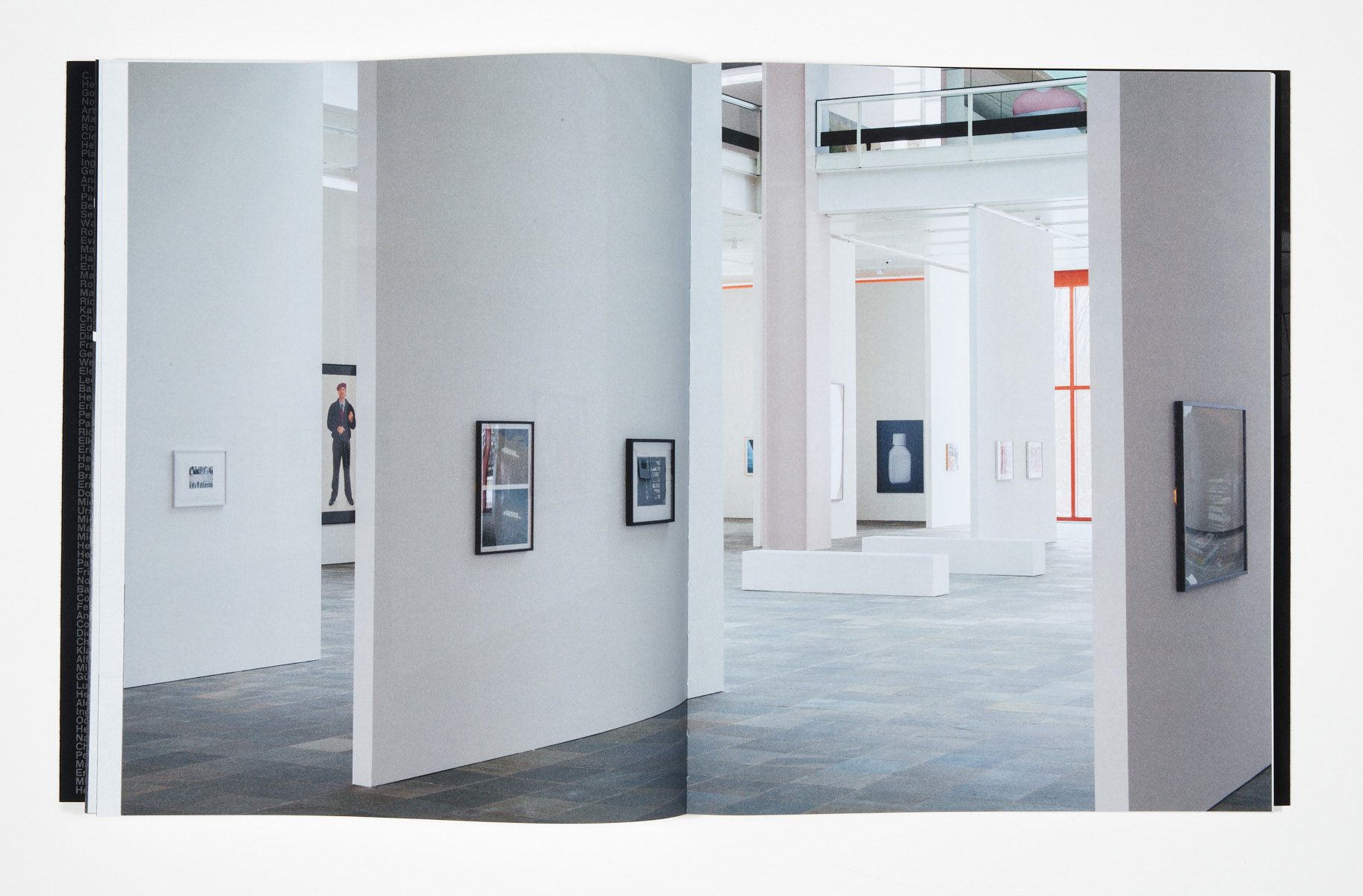
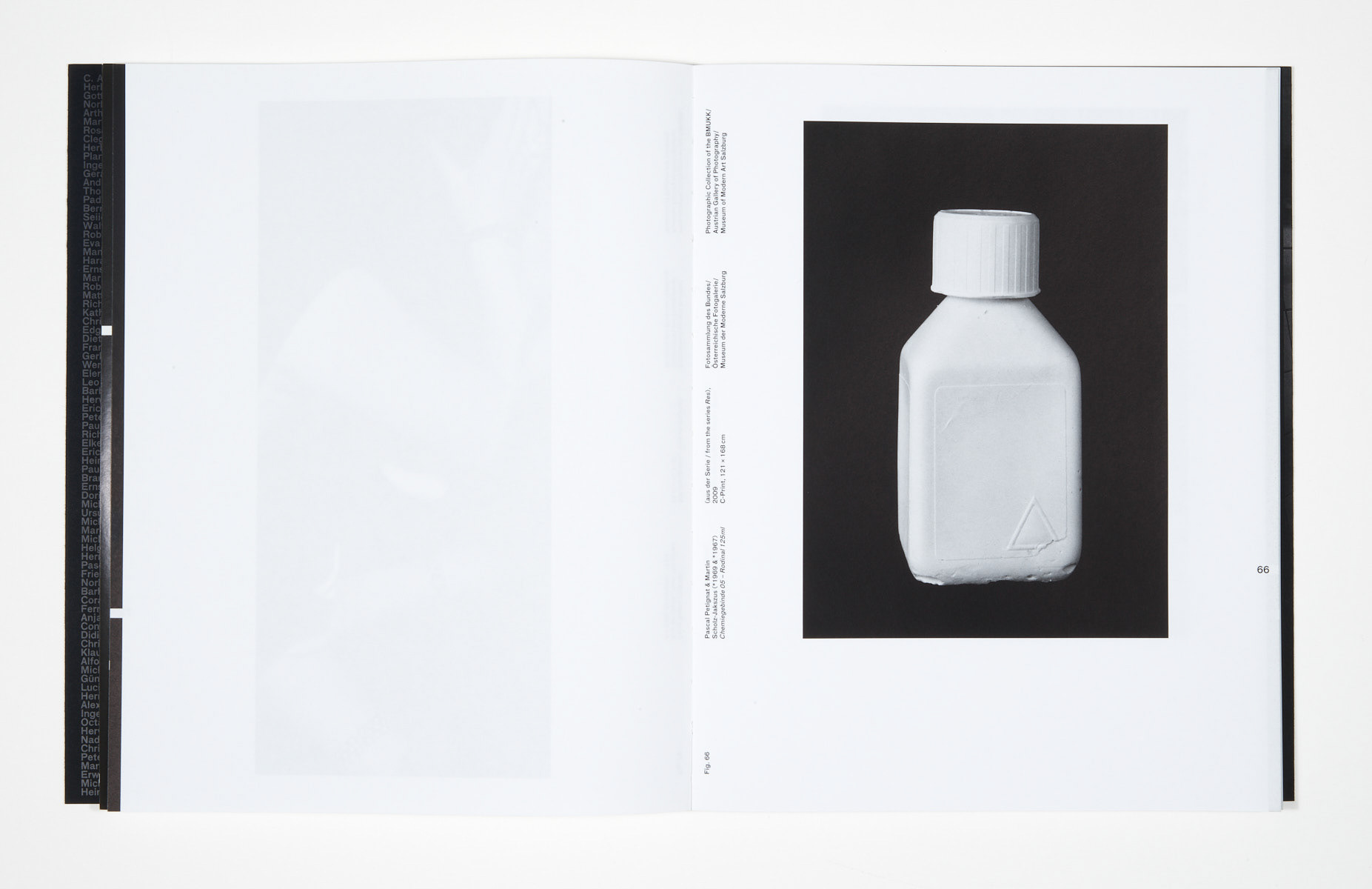
Fotos
Österreichische Fotografien von den 1930ern bis heute
Verlag für moderne Kunst Nürnberg, 2013
Ausstellungskatalog
Hrsg. Agnes Husslein-Arco, Severin Dünger, Axel Köhne, Bundesministerium für Unterricht, Kunst und Kultur
Österreichische Fotografien von den 1930ern bis heute
Verlag für moderne Kunst Nürnberg, 2013
Ausstellungskatalog
Hrsg. Agnes Husslein-Arco, Severin Dünger, Axel Köhne, Bundesministerium für Unterricht, Kunst und Kultur

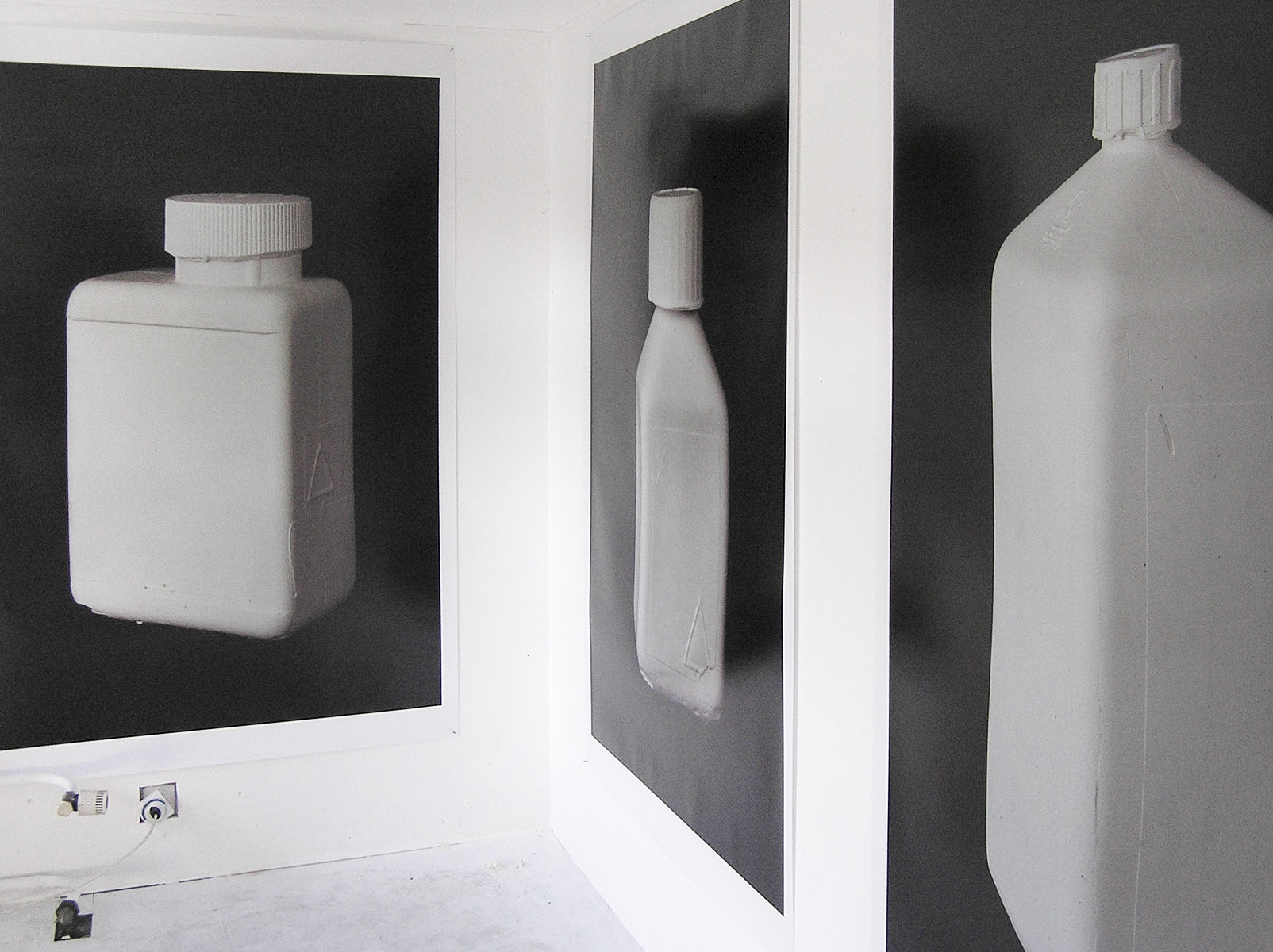
Lokal .int, Biel (CH)
